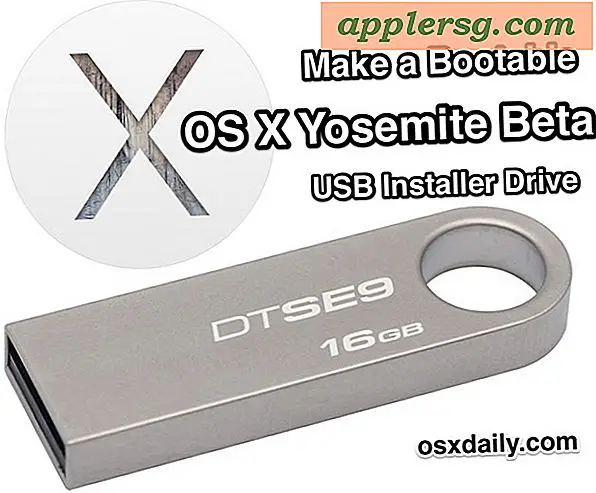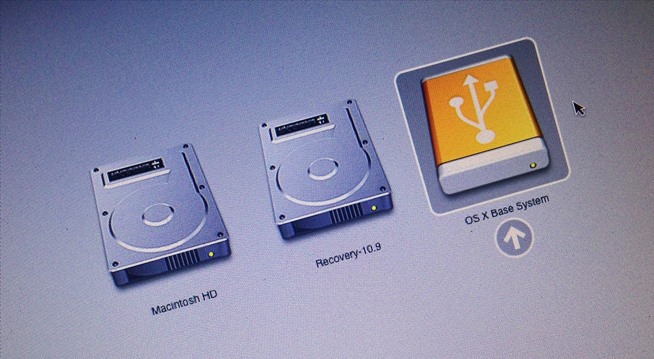


Select OS X 10.10 in Diskmaker X, and the app should automatically find the copy you've downloaded to your Applications folder. It's still possible to create a disk manually using a Terminal command (which we'll go into momentarily), but Diskmaker X presents an easy GUI-based way to do it that is less intimidating to most people.
#Create bootable usb os x yosemite update#
If you want a GUI, you need the latest version of Diskmaker X app-we wrote this article based on version 4 beta 2, but if a "final" version is released alongside Yosemite we'll update the article.
#Create bootable usb os x yosemite install#
The installer will delete itself when you install the operating system, but it can be re-downloaded if necessary. The OS X 10.10 Yosemite installer from the Mac App Store in your Applications folder.For newer Macs, use a USB 3.0 drive-it makes things significantly faster. An 8GB or larger USB flash drive or an 8GB or larger partition on some other kind of external drive.We've created Yosemite USB from both Mavericks and Yosemite, but your experience with other versions may vary. There's the super easy way with the graphical user interface and the only slightly less easy way that requires some light Terminal use. Whatever the reason, you're in luck, because it's not hard to make one.Īs with last year, there are two ways to get it done. Or maybe you need a recovery disk for older Macs that don't support the Internet Recovery feature. For instance, if you find yourself doing multiple installs, a USB drive may be faster than multiple downloads (especially if you use a USB 3.0 drive). Things have proceeded remarkably smoothly since version 10.7 switched to download-only installers, but there are still good reasons to want an old, reliable USB stick. Further Reading OS X 10.10 Yosemite: The Ars Technica ReviewIt was 2009 when Apple last released a new operating system on physical media.


 0 kommentar(er)
0 kommentar(er)
